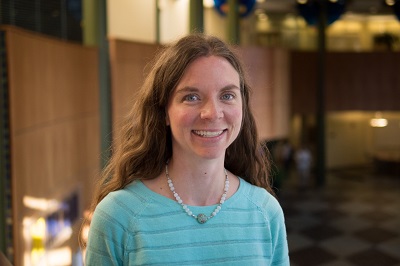Toxicology and Societies: Jackie Goodrich

Date
End Date
Location
Event Description
Title: Per- and Polyfluoroalkyl Substances (PFAS) and DNA Methylation in the Firefighter Cancer Cohort Study
Per- and polyfluoroalkyl substances (PFAS) exposures are a broad class of chemicals that populations around the world are exposed to through consumer products and contaminated environments. PFAS have been used to suppress hydrocarbon fuel fires. This use can lead to contaminated water systems and occupational exposure for firefighters. Firefighters are at increased risk for cancers and other diseases due to multiple hazardous exposures, which may include PFAS. Epigenetics, including DNA methylation, is one biological mechanism that controls whether genes or turned on or off. DNA methylation is responsive to exposures, and widespread changes to DNA methylation are part of the development of cancers. We conducted a study looking at the impact of PFAS on DNA methylation in US firefighters. We reported links between higher PFAS levels with epigenetic markers, including accelerated epigenetic age and DNA methylation of genes implicated in cancer, immune function, and other disease processes.
About the Speaker: Jackie Goodrich, University of Michigan School of Public Health
Dr. Jackie Goodrich is a Research Assistant Professor in the Department of Environmental Health Sciences at the University of Michigan School of Public Health. She received her doctorate in toxicology from the University of Michigan and focused her postdoctoral training on environmental epidemiology and epigenomics. Dr. Goodrich’s research program aims to identify environmental factors – including from occupational and environmental sources - that contribute to disease susceptibility in vulnerable populations. Exposures of interest include per- and polyfluoroalkyl substances (PFAS), heavy metals, phthalates, and phenols. Dr. Goodrich’s research includes investigation of epigenetics as a potential mechanism linking exposures to adverse health outcomes.
A recording of this presentation is available here.